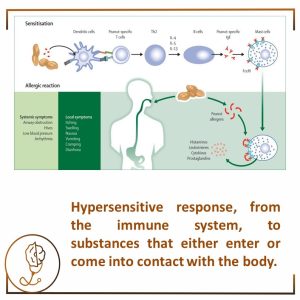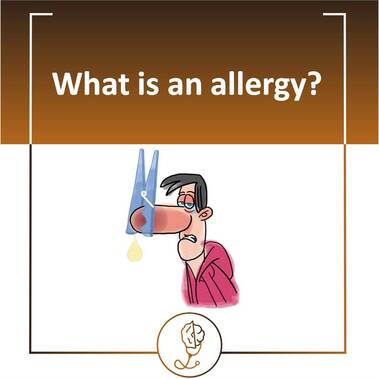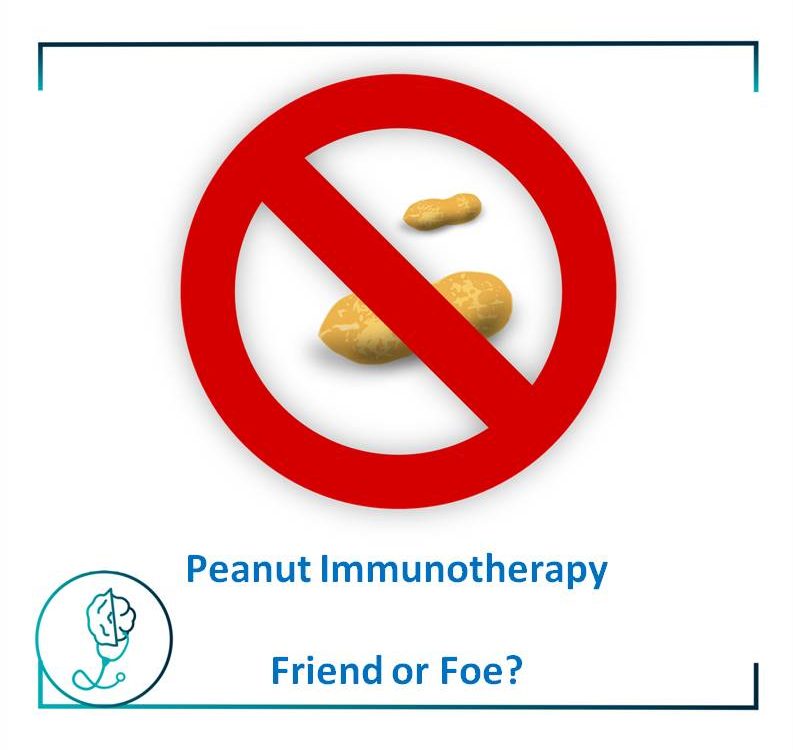What is an Allergy?

Gastroesophageal Reflux (GOR)
25/02/2021
Summer Camps and Allergies
07/03/2021It is a reaction from our immune system to something we got in contact with that the immune system did not recognize as “safe”.
- This can happen to a multitude of substances, with the best known being foods, pet dander, pollen, house dust mites, bee or wasp venom.
- But chemicals can also lead to those reactions.
The substance that causes such a reaction is called an “allergen“.
Allergens can be found all around us.
- In food, drinks, environment, being them airborne (which can be either droplets or minuscule solids) or solids we get in contact with.

The primary reaction that will happen is the immune system trying to destroy that “invader” (allergen), and for that, it uses a significant amount of the immune mediators.
The outcome is an allergic reaction that can come in all sorts of presentations and severity.
Saying that not all allergens we get in contact with will make our immune system react.
Some are relatively harmless, depending on each individual’s immune system and, often, prior exposure to that substance.
What are the most common allergens in children?
How does it affect children:
- Increased risk of developing allergies if one/both parents are atopic
- 33% with moderate/severe eczema may present with a food allergy
- There is a close relationship between asthma, allergic rhinitis and food allergy in school-age
- Food allergy is associated with severe asthma
The outcome of the allergies depends on the food the child is allergic to.
- Milk and egg – usually resolved by teenage years
- Wheat and soy – those are transient allergies of childhood
- Peanut and tree nut – typically starts in childhood and only 20% resolve
- Fish – it is often lifelong
Milk, soy, egg and wheat – are the most common foods involved in non-IgE mediated food allergy.


